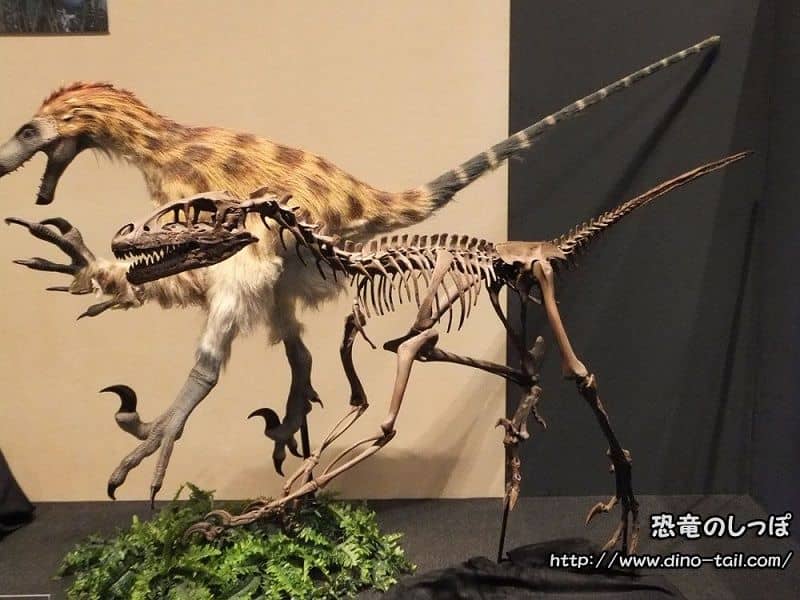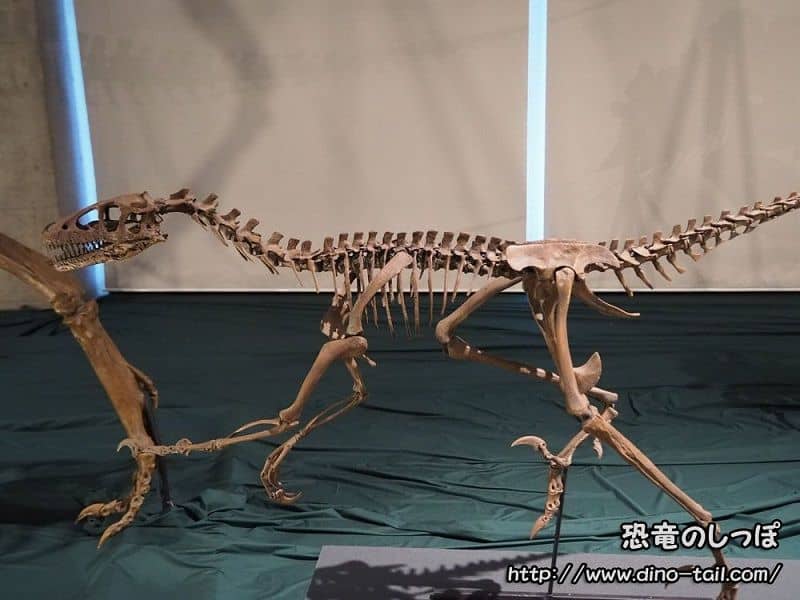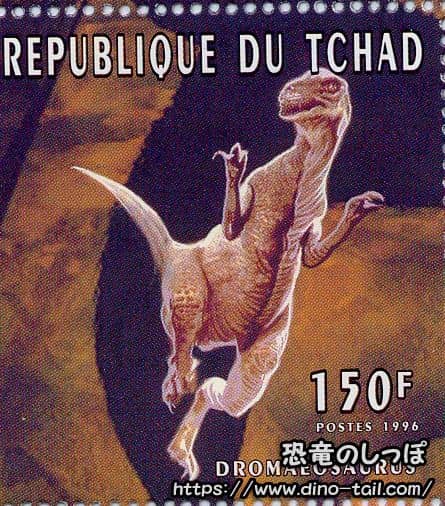About Dromaeosaurus
| Scientific Name (Genus) | Dromaeosaurus |
| Meaning of Name |
Running lizard
dromaios (swift-running) [Greek] - saurus (lizard) [Greek] |
| Classification | Saurischia, Theropoda (Tetanurae) |
| Total Length | Approx. 2m |
| Diet | Carnivorous |
| Period | Late Cretaceous (approx. 76.5-74.8 million years ago) |
| Species |
Dromaeosaurus albertensis
Dromaeosaurus explanatus (invalid) Dromaeosaurus falculus (invalid) Dromaeosaurus aevifrons (invalid) Dromaeosaurus gracilis (invalid) |
| Year of Paper Publication | 1922 |
| Genus Name Publication | Matthew, William D.; Brown, Barnum. (1922). The family Deinodontidae, with notice of a new genus from the Cretaceous of Alberta. Bulletin of the American Museum of Natural History, 46. |
Characteristics
Dromaeosaurus is one of the representative dinosaurs of the Cretaceous period.
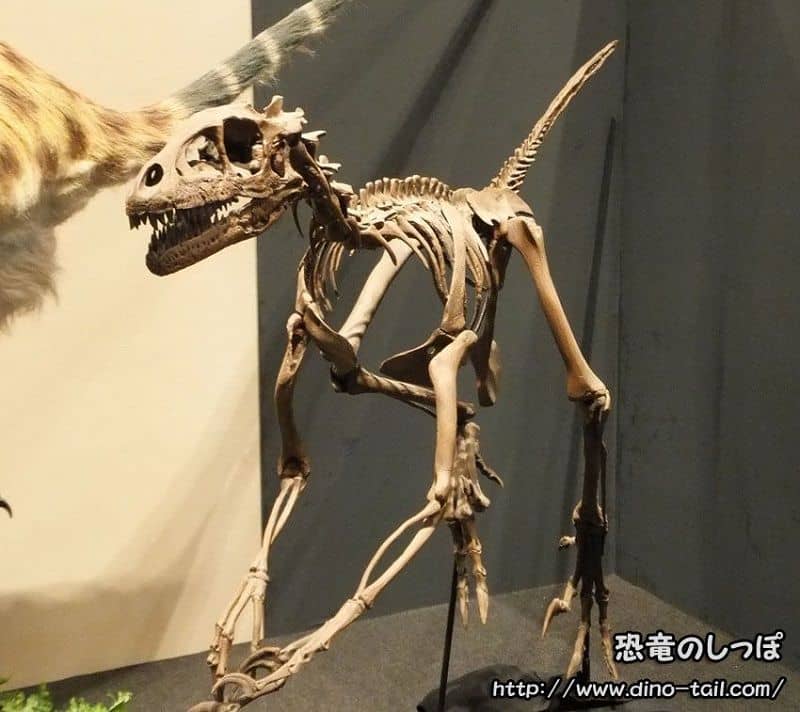
The first fossils were discovered in 1914 during an excavation by the American Museum of Natural History along the Red Deer River. The area where the fossils were found is now part of the Dinosaur Provincial Park in Alberta, Canada.
Dromaeosaurus is the representative dinosaur of the family "Dromaeosauridae," which includes Velociraptor and Deinonychus. This group is very closely related to birds, and since many species have been confirmed to have feathers, it is strongly presumed that Dromaeosaurus was also covered in feathers.
Its estimated weight was about 15kg. Its sturdy skull had large eye sockets, suggesting it had excellent vision. Also, the well-developed olfactory part of its brain indicates it was a skilled hunter that relied on a keen sense of smell to find prey.
Like Deinonychus, it had a sickle claw on the second toe of its hind foot, but another organ may have played the main role in Dromaeosaurus's hunting.
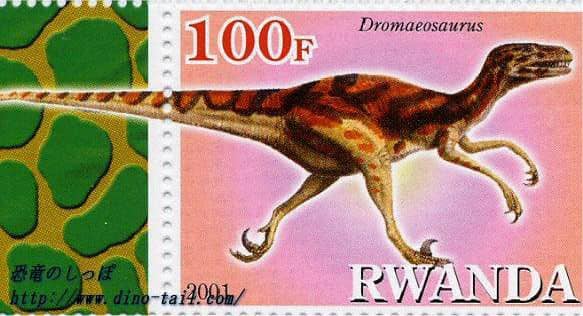
The most striking feature of Dromaeosaurus is its robust skull and powerful jaw. Its teeth were thicker than those of its relatives, and many fossil teeth are found worn down. A 2005 study estimated its bite force to be up to three times that of Velociraptor.
While many of its dromaeosaurid relatives likely used their claws to pin down prey and their slender teeth to "tear" flesh, Dromaeosaurus is thought to have hunted by "crushing," using its powerful jaw to bite into prey and possibly break bones. This suggests it may have also been adapted for scavenging, like a hyena.
The Only Valid Species, the Running Lizard of Alberta
Although several species were once proposed for the genus Dromaeosaurus, subsequent research has led to most of them being considered "nomina dubia" (doubtful names) due to the fragmentary nature of their fossils, or being reclassified as other dinosaur genera.
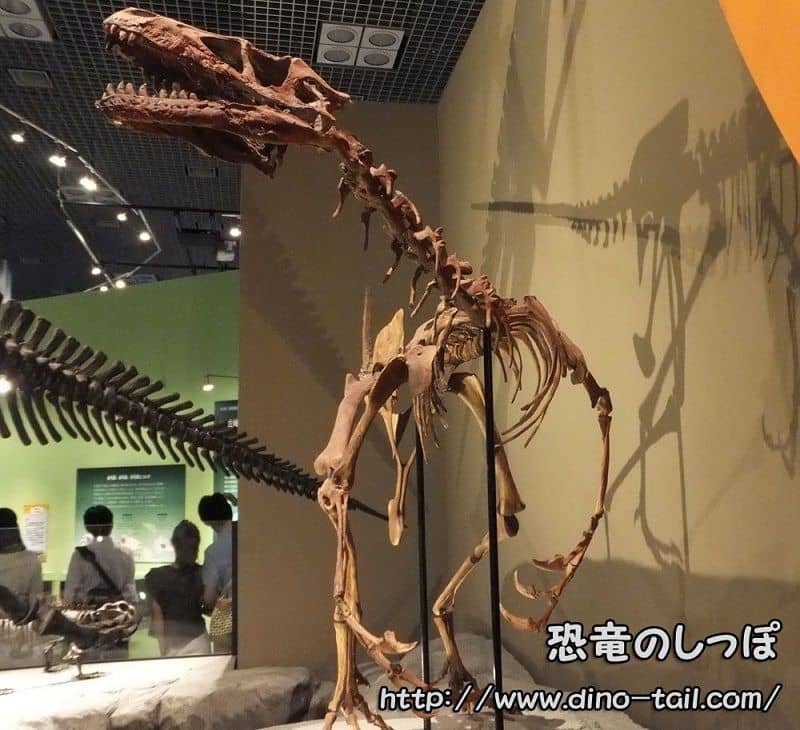
As of 2024, the only species recognized as valid by most researchers is the type species described in 1922, Dromaeosaurus albertensis . The specific name "albertensis" comes from Alberta, Canada, where the first fossils were discovered.
For this reason, although some sources may list multiple species names, it is safe to consider that there is currently only one scientifically confirmed species of "Dromaeosaurus."
Reference: Invalid Species of Dromaeosaurus
Dromaeosaurus is a genus name. In addition to the valid name Dromaeosaurus albertensis, six other species were once described but are now considered invalid.
| Species Name - Binomial | Year Invalidated | Current Classification / Reason |
|---|---|---|
| Dromaeosaurus laevifrons | 1995 | Nomen dubium. Fossils too fragmentary. |
| Dromaeosaurus cristatus | 1995 | Nomen dubium. Fossils too fragmentary. |
| Dromaeosaurus gracilis | 1995 | Nomen dubium. Fossils too fragmentary. |
| Dromaeosaurus explanatus | 1987 | Based only on tooth fossils. Reclassified as Saurornitholestes . |
| Dromaeosaurus minutus | 1995 | Nomen dubium. Fossils too fragmentary. |
| Dromaeosaurus falculus | 1995 | Nomen dubium. Fossils too fragmentary. |
Dromaeosaurus Stamp & Fossil Gallery
